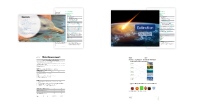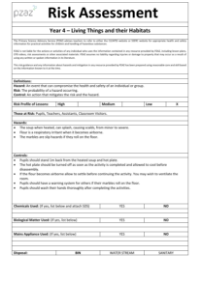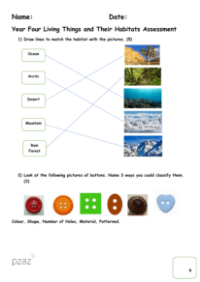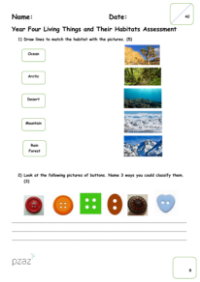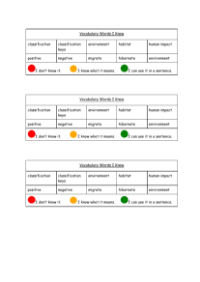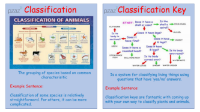Living Things and their Habitats - Knowledge Organisers
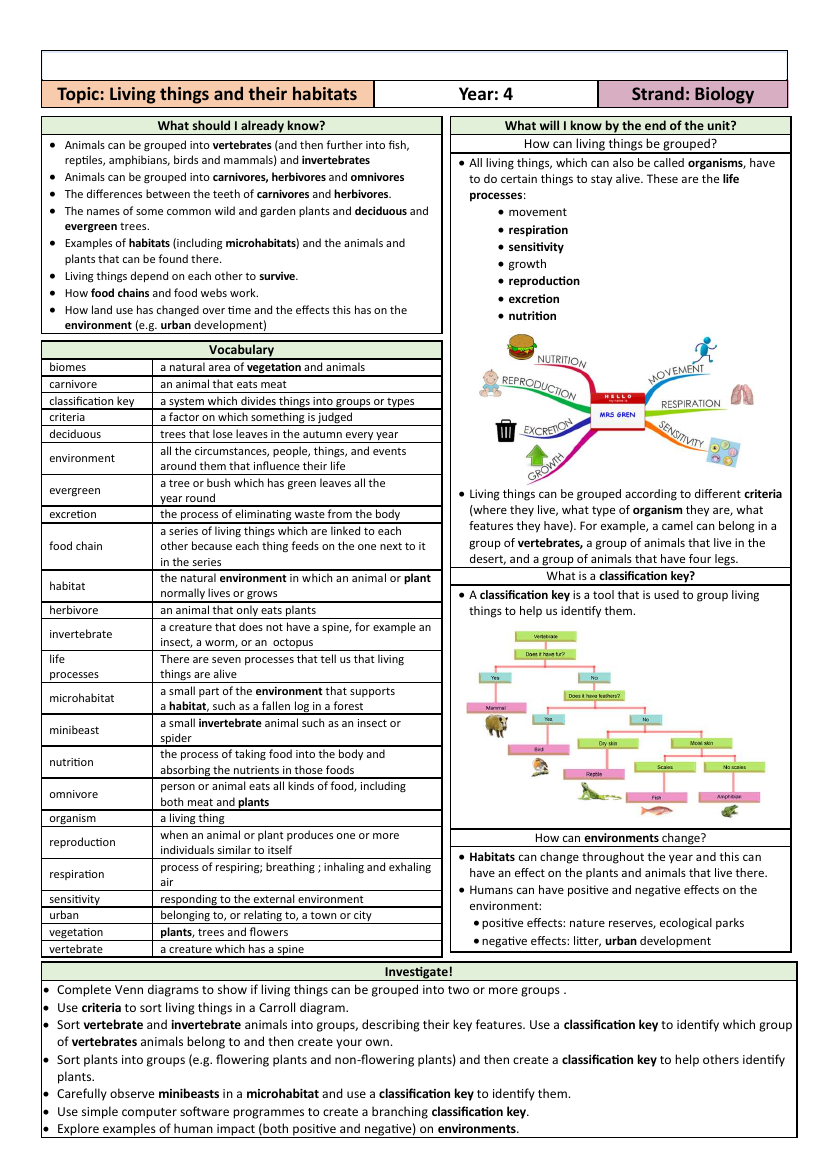
Science Resource Description
The 'Living Things and their Habitats' knowledge organisers are designed to support Year 4 students in understanding biological concepts and the diversity of life. Prior to the unit, students should be familiar with the basic classification of animals into vertebrates and invertebrates, and further into categories such as fish, reptiles, amphibians, birds, and mammals. They should also understand dietary classifications like carnivores, herbivores, and omnivores, and the differences in their teeth. Knowledge of common plants, trees (deciduous and evergreen), and various habitats, including microhabitats, is expected, along with an understanding of interdependence in ecosystems, food chains, and the impact of human activities on the environment. Vocabulary terms such as 'biomes', 'classification key', 'excretion', and 'sensitivity' are essential, along with the seven life processes that determine whether an organism is alive.
By the end of the unit, students will have a deeper understanding of how living things can be grouped based on different criteria, the use of classification keys to identify organisms, and the effects of seasonal and human-induced changes on habitats. Investigative activities include creating Venn and Carroll diagrams to classify organisms, using classification keys to identify vertebrates and plants, observing minibeasts in microhabitats, and exploring human impacts on environments. Students will be assessed on their ability to recognise vertebrates and invertebrates, the life processes shared by all animals, and their skills in using classification keys. Additionally, the unit aims to foster an appreciation of the positive ways in which humans can contribute to environmental conservation.

